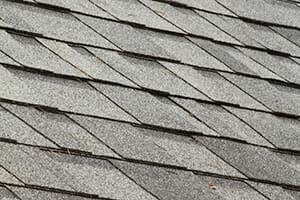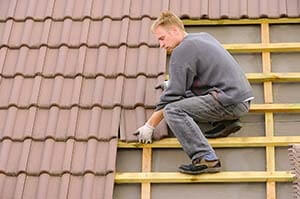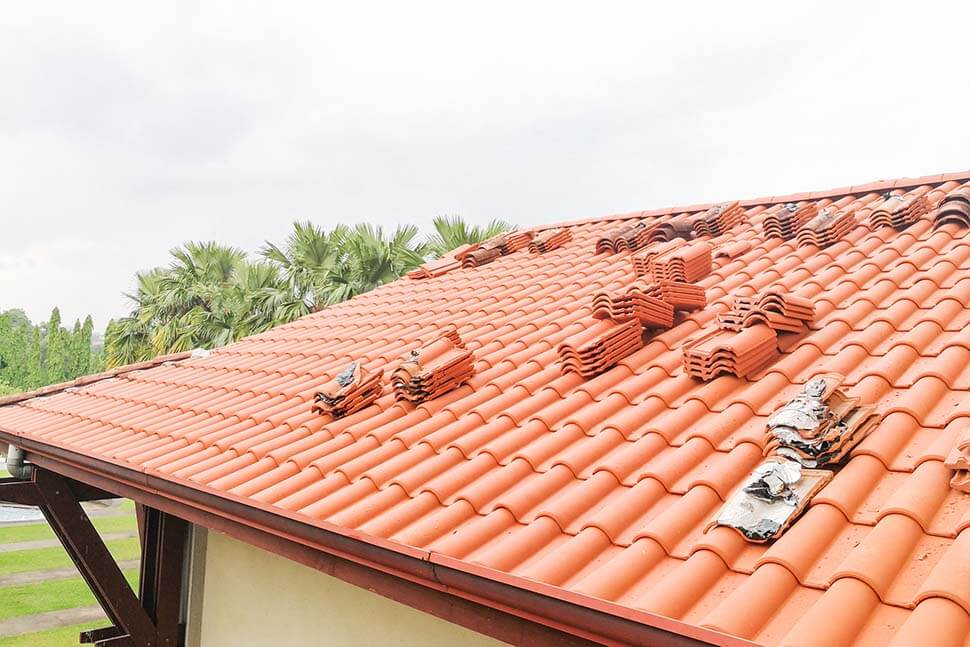A roofing square is a unit of measurement for calculating the size of a roof and is equivalent to 100 square feet. The larger unit is useful for calculating the amount of material needed for a roof. It’s common to calculate the size of your roof in “squares”, and then order an additional 15% in backup materials.
What is a Roofing Square?
A roofing square is a common unit of measurement used in the construction industry, specifically for estimating and pricing roofing materials. It represents an area of 100 square feet or a 10-foot by 10-foot section. Roofing squares are used to determine the size and quantity of materials needed for a roofing project, including shingles, underlayment, and flashing. Contractors and suppliers often refer to the number of squares required when discussing roofing materials, making it a convenient and standardized way to communicate and calculate costs. By understanding the concept of a roofing square, professionals can accurately estimate materials and ensure efficient and cost-effective roofing installations.
How big is a roofing square?
A roofing square is 100 square feet. To determine how many roofing squares your roof is you would divide the total square footage by 100. Of course, the calculation isn’t quite as simple as that. You’ll also need to know the slope of your roof and the size of the planes of your roof.
Why is the square measurement used?
In addition to being a larger unit of measurement, a square is used so that there’s a standardized measurement no matter the layout or shape of the roof. For example, 10’ x 10’ is equal to 100 square feet, or one square. 4’ x 25 ‘ is also equal to one square. Both of these would require one square of material to cover.
3 Steps for Calculating your roof size
Before starting any roofing project, you’ll need to know exactly how much material you need. And that means knowing exactly how big your roof is. The measurements and calculation methods depend on your roof and how many panels you have.
1. Measuring Your Roof
The first step is to measure your roof. Carefully use a ladder to climb onto your roof with a measuring tape. Measure the length and width of each plane of your roof. Depending on your roof there may be more than two planes. Other features that may cause two planes are:
- Protruding garage
- Covered porches
- Skylights
- Dormer windows
- Other features
You’ll also need to know the pitch of your roof to garner the true measurements and, from that, an accurate estimate.
2. Online converter
If you know the square footage, an online converter can help you convert that into squares. There are also online guides to the calculations you’d need to determine the number of square feet. Different formulas are available to use depending on the configuration of your roof.
3. Manual calculation
To manually calculate the number of squares, divide the total square footage by 100. The equation you’d need to calculate the square footage in the first place depends on your roof. The equation for a standard gabled roof is 2 x A x L, where L is the length of the roof and A is the area of each side. You’ll also need to factor in the pitch of your roof.
How much material is needed?
Roofing material is measured in squares. Some materials may be sold in units smaller than a square. For example, shingles may be sold in sheets of ⅓ squares.
Shingles

A square of shingles is the total number of shingles that are needed to fill a square on a roof, no matter how that square is measured (10’ x 10’ or 4’ x 25’, for example). Shingles are often sold by the bundle and there are usually three bundles per square, but this may differ depending on the shingles you’re using.
Tiles

Roofing tiles vary in size, so there can be a huge difference in how many tiles will fill one square on your roof. Concrete tiles are usually around 90 tiles per square, while some clay tiles can range from 80 to 100. Other types of tile may run 160 tiles per square or more.
Tips for ordering materials
It’s commonplace to order 15% extra. This will cover waste and ensure that you will have enough to cover the roof entirely.
What is the cost per square?
The cost per square depends on the materials you choose to use for your roof. Including the cost of installation, most roof replacements will cost between $300 and $450 per square if you’re installing shingles. Tiles usually cost more.
What affects the cost?
Other than the materials used, there are a variety of factors that can affect the total cost of roof installation. These may include:
- Size and pitch of your roof
- How difficult it is to access
- If you need old material removed
- A remaining warranty on the roof
Time of year can impact the price as well. If you’re getting your roof replaced during the off-season, it may be less expensive.
Size
The size of the roof affects both the materials and the labor involved. The larger the roof, the more work is involved in the installation, and the more materials need to be ordered.
Pitch
If your roof is very steep, the installation can be more difficult. Steep roofs aren’t easily walkable, and therefore more staging and care for the safety of the roofers must be taken.
Material
Shingles tend to be a less expensive option than tiles. Within each type of material, there are different qualities and types. The overall cost of the roof will be affected by what you purchase.
Removing Old Material

If the installers have to remove old material before placing the new tiles or shingles, that’s additional labor that will increase the roof installation cost. There may also be a charge for the removal and disposal of the old materials.
Warranty
If your roof is under warranty, there may be a discounted price. How much is covered and what steps you need to take before the roof is replaced depends on the type of warranty you have and who it is with.
When purchasing a warranty, it’s important to remember that you get what you pay for. An inexpensive warranty won’t cover as much down the road or may not last as long as a higher-priced warranty.
Access to the Roof
A difficult-to-access roof can increase the time and labor involved, raising the price on the labor portion of the installation.
Getting your roof installed
Having your home or commercial building be reroofed can seem daunting, but it doesn’t have to be. Contact an experienced local roofing company to give you a quote and walk you through the process. Your roofing contractors will be able to assist you throughout your reroofing experience best.
Final Thoughts
In conclusion, understanding the concept of a roofing square is essential for anyone involved in the construction or roofing industry. It serves as a standardized unit of measurement for estimating and pricing roofing materials, providing a convenient and efficient way to calculate costs and determine material quantities. By utilizing roofing squares, contractors and suppliers can accurately plan and execute roofing projects, ensuring the right amount of materials are ordered and reducing the risk of shortages or excess. This knowledge promotes effective communication, and cost-effectiveness, ultimately contributing to successful roofing installations.
